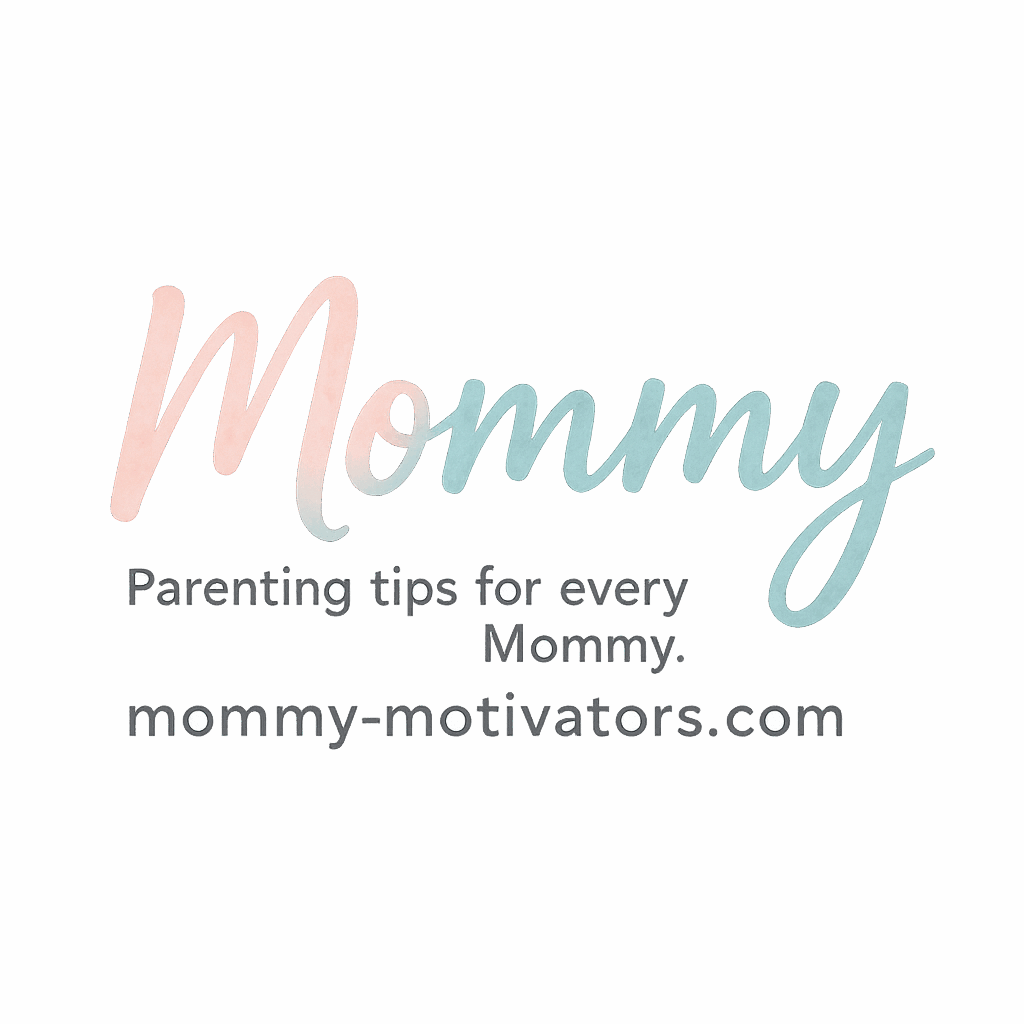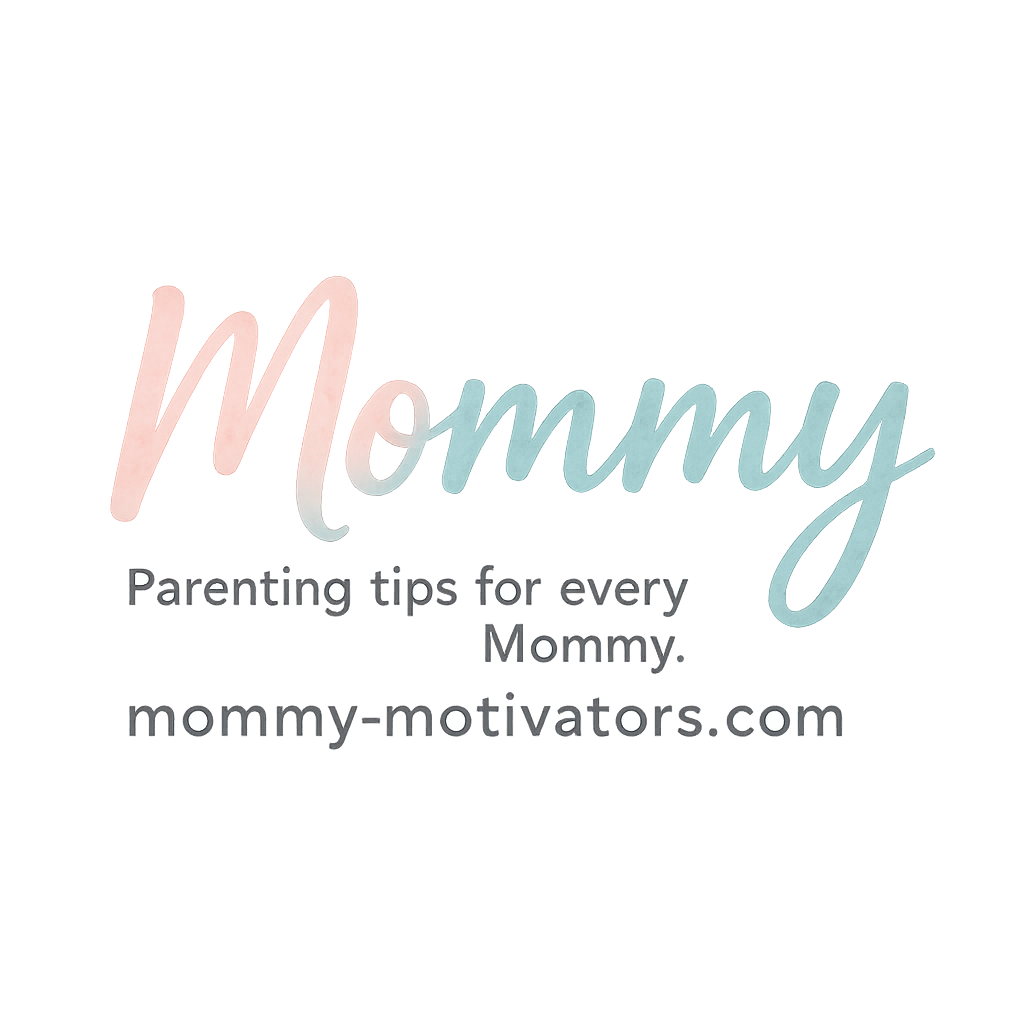Being a mom is a beautiful rollercoaster—equal parts chaos and cuddles. But when it comes to discipline? Things can get tricky. If you’ve ever found yourself shouting across the house or Googling “how to get my kid to listen without yelling,” you’re not alone. Today, let’s break down 10 Positive Discipline Tips That Work for Every Mommy—practical, proven techniques you can use starting now.
Understanding Positive Discipline
What Is Positive Discipline?
Positive discipline isn’t about punishment—it’s about teaching. Instead of focusing on what not to do, it encourages what to do. It’s rooted in respect, empathy, and communication. The goal? To raise kind, responsible, emotionally intelligent kids who make good choices even when no one’s watching.
👉 Check out more discipline and behavior tips here.
Why Traditional Discipline Often Fails
Time-outs, threats, and spankings might get short-term results, but they don’t build long-term habits. These tactics often lead to fear or resentment rather than understanding. Positive discipline, on the other hand, helps children learn the “why” behind behavior expectations.
The Benefits of Positive Discipline for Moms and Kids
Building Connection Over Control
Discipline doesn’t have to be about power struggles. With positive methods, you strengthen your bond with your child rather than straining it. It’s like watering a plant—you’re helping them grow, not forcing them into shape.
Emotional Intelligence and Long-Term Behavior
Kids disciplined with kindness and consistency are more likely to develop self-control, empathy, and resilience. Want more on child growth and learning? Visit our section on learning and development advice.

10 Positive Discipline Tips That Work
1. Stay Calm and Collected
Your energy becomes your child’s environment. If you’re storming around like a thundercloud, don’t be surprised if your child’s behavior reflects that.
Practice What You Preach
Model calmness in moments of chaos. Breathe. Count. Walk away if needed. It’s not easy, but it’s worth it.
2. Set Clear, Age-Appropriate Boundaries
Kids thrive when they know what’s expected. Clear rules reduce confusion and misbehavior.
Consistency is Key
Stick to your rules. If bedtime is 8:00 PM, it’s always 8:00 PM—no matter how many puppy eyes they throw your way. Check out our daily routines and habits guide to build structure.
3. Use Natural and Logical Consequences
Instead of arbitrary punishment, allow children to experience real consequences tied to their actions.
Teach Responsibility Through Cause and Effect
For example, if they don’t put away their toys, the toys might be off-limits for the rest of the day. This teaches cause and effect in a natural way.
👉 Learn more on consequences here: tag: consequences
4. Focus on the Behavior, Not the Child
Avoid saying “You’re bad.” Instead, say, “Throwing toys is not okay.” This separates the action from identity.
Label Actions, Not Identity
This subtle shift builds self-esteem while still correcting behavior.
5. Reinforce Positive Behavior
Catch them being good! Praise reinforces what you want to see more of.
Praise the Process, Not Just the Result
Instead of “You’re so smart,” say “I love how hard you worked on that puzzle!” This boosts growth mindset.
📚 Discover more in our tag: growth category.
6. Offer Choices and Encourage Independence
When kids feel in control, they resist less. Offer limited, age-appropriate choices.
Empower Through Responsibility
“Would you like to brush your teeth before or after pajamas?” gives them agency while still moving in the right direction.
7. Model Respectful Communication
Speak to your child the way you’d want to be spoken to. Respect is a two-way street.
Mirror What You Want to See
If you want a kind kid, be a kind parent—even in tough moments. Learn more in emotional development.
8. Create a Predictable Daily Routine
Routine = stability. It’s comforting, especially for young children.
Structure Builds Security
Less unpredictability leads to fewer meltdowns. Find more on this in tag: routine and tag: schedule.
9. Take Care of Your Own Mental Health
You matter too, Mama. When your tank is empty, it’s harder to parent positively.
You Can’t Pour from an Empty Cup
Schedule breaks, ask for help, or check out our mommy self-care and mental health section. You deserve it.
10. Educate Yourself Continuously
Parenting doesn’t come with a manual, but there are tons of resources.
Knowledge is a Mommy Superpower
Dive into books, podcasts, and parenting blogs like Mommy Motivators to stay inspired. New mom? You’ll love the new mommy basics.
Real-Life Scenarios: How These Tips Work
Tantrum in the Grocery Store
Instead of threats, kneel down, make eye contact, and say, “I see you’re upset. Can you use your words to tell me what’s wrong?” Connect, then correct.
Refusing Bedtime
Offer choices: “Do you want the rocket pajamas or the dinosaur ones?” Stick to your bedtime routine. Be gentle but firm.
Avoid These Common Discipline Mistakes
Yelling or Threatening
It might feel good in the moment, but it damages trust and teaches kids to fear rather than understand.
Ignoring Emotional Needs
Kids act out when they don’t know how to express big feelings. Use discipline moments to teach emotional regulation.
🔗 Check our stress relief and mental health tips for more support.
Final Thoughts
Discipline doesn’t have to mean punishment. With these 10 positive discipline tips, you can raise responsible, empathetic children without losing your cool (or your mind). It’s not about being perfect—it’s about being present, learning as you go, and remembering that every moment is a teaching moment.
Let’s build a motherhood journey filled with patience, connection, and yes—lots of deep breaths.
🔗 Explore more positive parenting content at Mommy Motivators.
FAQs
1. What is the main goal of positive discipline?
The goal is to teach—not punish—so kids learn self-control, empathy, and responsibility.
2. Can positive discipline work with multiple kids?
Absolutely! Strategies like routines, communication, and consistency work well even in larger families. Visit our section on multiple kids.
3. What if I lose my temper?
You’re human. Apologize, reset, and model how to manage emotions. It’s a powerful lesson.
4. Are time-outs considered positive discipline?
Not exactly. Time-ins (sitting together and talking) are often more effective and connection-based.
5. What books help with positive discipline?
Check out our curated list under tag: books for helpful reads.
6. How long until I see results with positive discipline?
It varies, but consistency is key. You’re planting seeds that grow over time.
7. Can I start positive discipline if I’ve used punishment before?
Yes! It’s never too late to change your parenting approach and build a new foundation.


